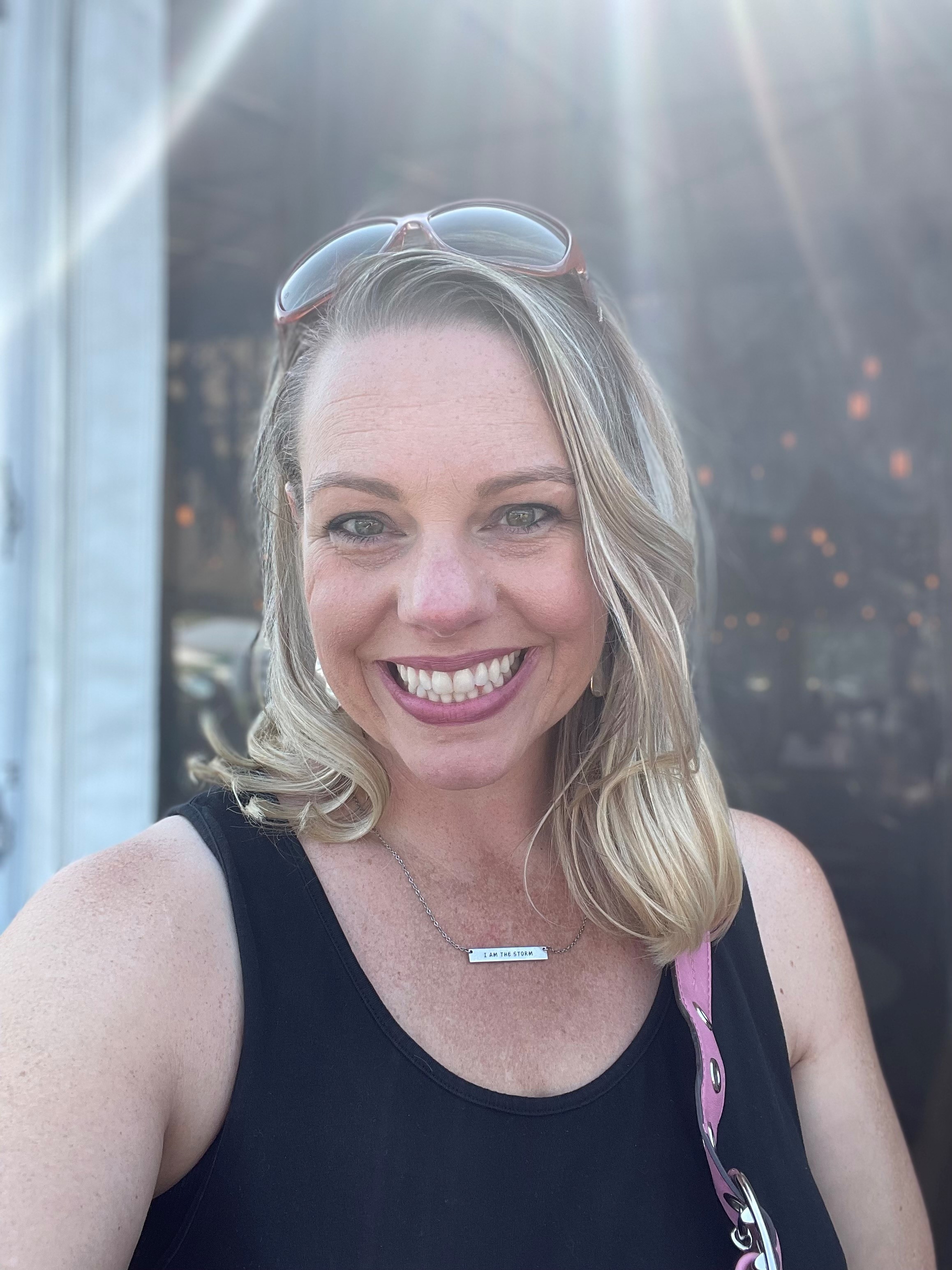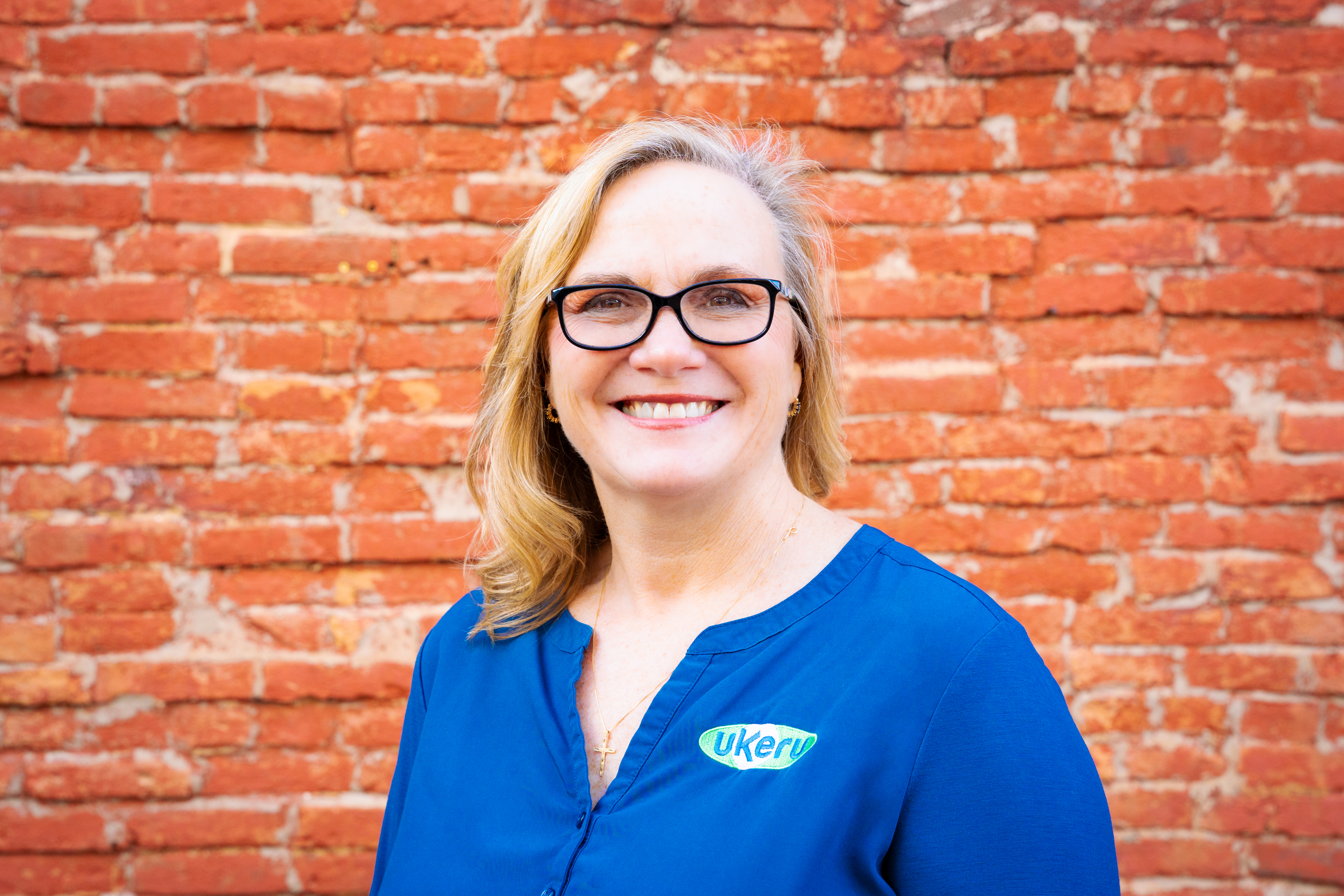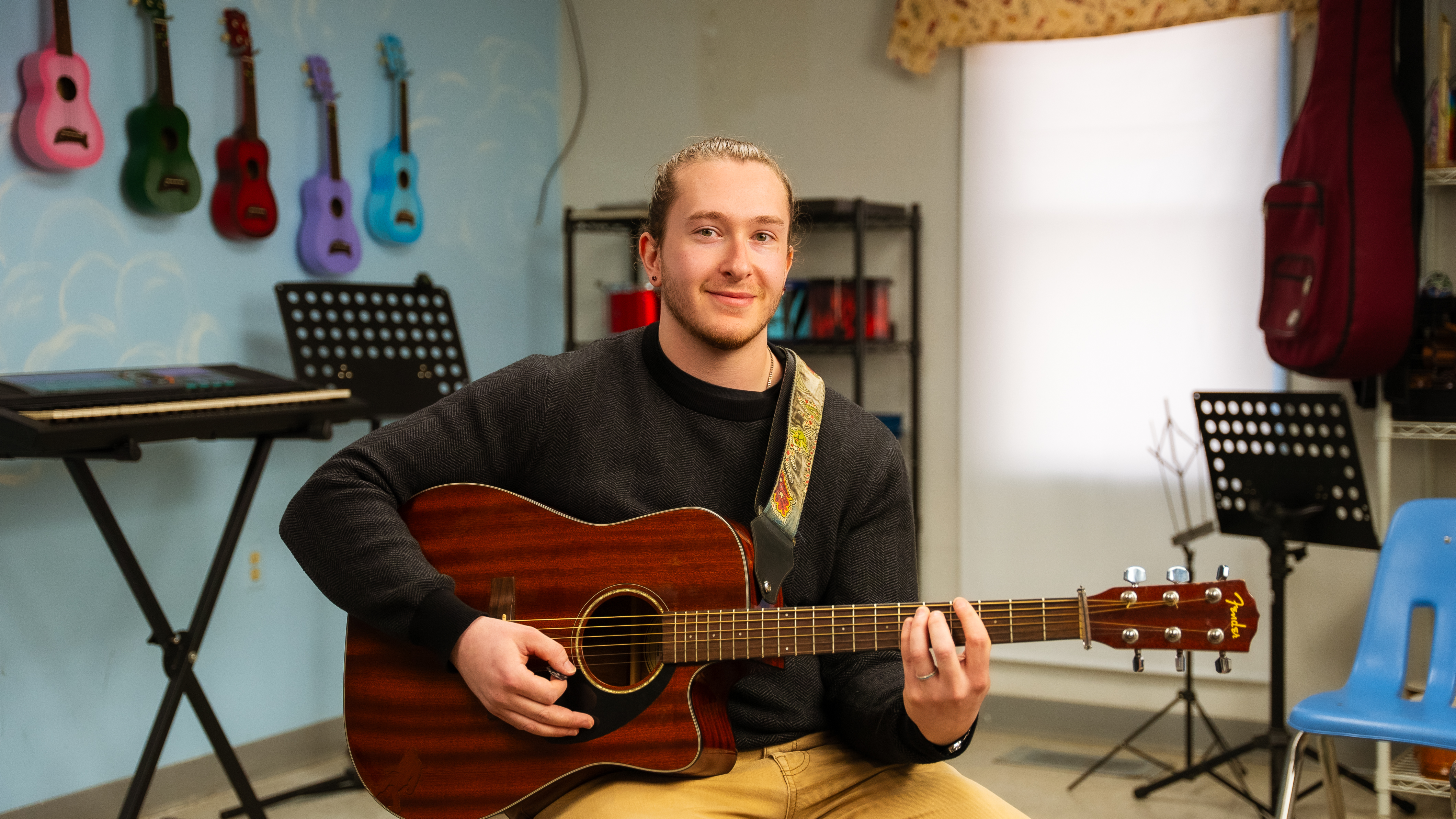As part of our efforts to share information and help support the elimination of restraints and seclusions, we want to shine a spotlight on individuals and organizations driving change. In this post, we are speaking with Rhonda Richardson, the mother of an adult son with autism. Rhonda is a believer in reducing restraints and seclusion and a fierce advocate for her child.
You have a grown son with autism. Can you tell us a little bit about your family’s experience?
My son, Mathew, will soon turn 24. When he was born, we knew right away that something was wrong and that there were going to be challenging days ahead of us. But it wasn’t until the age of four that he started exhibiting some aggressive behaviors, which prompted us to begin looking for available resources to help.
Throughout his early years, Matthew was seen by numerous doctors and experts from many fields to address the mounting medical and neurological issues with which he presented. It was a long process, but eventually he came to have a diagnosis of autism.
At that time, there wasn’t nearly the volume of information on autism that is available today. Because he was somewhat verbal and did not demonstrate the typical behaviors I saw on TV, it never crossed my mind that he had autism. Up until that point, he was diagnosed as being developmentally delayed; no doctor had ever mentioned autism to me.
Through a combination of outpatient and inpatient treatment, we began to see enormous changes and progress. What the doctors, therapists and I noticed was that all of the physical approaches — the restraints that were so commonly used at that time — made his behaviors escalate, especially when he was at home. So, we worked to identify positive reinforcers, which, for Mathew, included receiving attention — he loves to be the center of attention! — and listening to music. Using these strategies to help address his aggression had a much more positive outcome.
Mathew now lives in a Grafton (Ukeru’s parent organization) group home. How did you arrive at that solution?
As is common, Mathew’s issues returned and worsened when he hit puberty. His behaviors became increasingly alarming. Because he was larger in size and more demanding, the techniques that worked when he was a child were no longer effective. There were days that I would go to work bruised, bloodied and scratched. Matthew almost always had bite marks on his arms from self-injurious behavior. He was increasingly striking out at others, as well, and beginning to destroy property. When he was in the public middle and high school setting, he was sent home often for these behaviors. As his case became more severe, we sought help that could come into our home to provide assistance. Each time, they’d come once and never come back.
After trying to find a solution in the public school system, one caseworker asked me how I would feel about residential treatment. Although I was initially hesitant, after a few months of increasingly dangerous behaviors, I decided it was an option I would have to consider for the safety of Matthew and our family. I cried for weeks. So, at 17, Mathew became a resident in a Grafton group home and began attending Grafton School as well.
Editor’s note: the Ukeru System was developed at Grafton. More than a decade ago, Grafton’s CEO issued a mandate to eliminate restraint and seclusion. Since then, it has been proven time and again that, in cases like Mathew’s, a treatment philosophy focused on comfort is more effective than one of control. Ukeru was born out of a desire to share the learnings from this experience with other organizations.
What is the biggest difference is between the treatment Mathew received in the past and what his treatment is like today?
When Mathew was about to turn 18, just six months after he arrived at Grafton, discussions turned to his returning to public school. Because of the progress he was making, and with the help of Grafton, I set out to ensure that did not happen. I began building my case as to why Grafton was the only option for Matthew.
I researched his public educational records despite having to jump through a lot of hoops in order to gain access to his files – this is not really easy for a parent once their child turns 18. But doing so allowed me to gather the information I needed to show how much time he had spent in seclusion and in physical restraints while in public school.
With this data in hand, I requested a due process hearing with the public school system and their attorney. I hired my own attorney and two special education advocates and also involved the Grafton team. I wanted to clearly show how the use of seclusion and physical restraints exacerbated Matthew’s aggressive behavior.
I’ll never forget the most significant part of this conversation. After confirming that, in public school, Mathew was spending as much as four hours out of a six-hour day in seclusion, I asked how much time was spent in seclusion at Grafton. The answer? None. The case was overwhelmingly settled based on the fact that Grafton’s restraint free/hands off philosophy was the least restrictive environment for Matthew.
How has a comfort vs. control treatment approach benefitted Mathew?
He is not at all violent like he was before. When he does have outbursts now, it’s an anomaly. And, on those rare occasions, the Grafton team is able to de-escalate — rather than try to restrain or seclude him — by redirecting him.
When another resident in his group home recently had an episode involving Mathew, the team used Ukeru’s padded materials to separate the two boys and it was resolved without anyone needing to be restrained. Scenarios like this prove to me that anyone saying that there people who have to be restrained is wrong. Tools like the protective padding work just as well if not better.
I feel strongly that it is also a reason why Mathew is not as violent himself; he’s not seeing that behavior modeled by people around him. That wouldn’t be possible without a hands off system.
There’s not a day that goes by that I don’t talk about Grafton and the fact that it is entirely hands off. For this very reason, I know that Matthew is in the best possible setting; one that helps him to thrive each and every day.
Do you know about the Ukeru System? What do you think about it?
I think it’s a fantastic idea. It should be national. It should just be the way to do things. There is no other way to do it – if you don’t have to restrain somebody, why would you?
Is there anything else you want us to know about Mathew and your experience with Autism?
People ask me all the time if I would want to see a “cure” for Autism. Honestly, I don’t think I would. There are so many unique qualities that exist because of it. And, while it is a life-long challenge, there are many enjoyable moments we share with Mathew because he is who he is.
You can learn more about Rhonda and Matthew by following their Autism Chronicles page (@autismchronicles) on Facebook.




